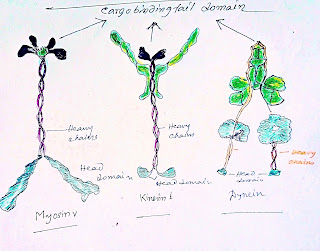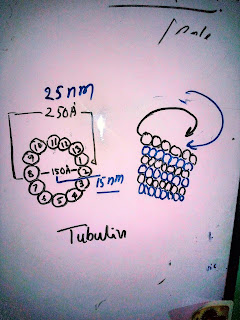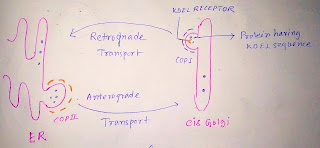RNAi Mechanism : RNA interference phenomena in cell
Introduction: Here is an amazing topic in our RNA science and technology that is RNA interference and gene silencing . RNAi mechanism: The whole phenomena is performed inside a cell which targets to silence mRNA Strand and break it down . Where this function is found ? The function of RNA interference is found in both Prokaryotic and eukaryotic cells . # The discoverer of RNA interference is Andrew Fine and Craig Mello . Here we just briefly study the basic function and future application of RNA interference. It has a massive potential to make a lots of changes in human life. Lets begin .... The basically the RNA interference actual goal is to hamper the protein synthesis . We know RNA is single stranded but any how or by any chance Virus produce a double stranded RNA it could be very specific target side to produce RNAi . It leads to produce Si RNA ,Sh RNA ,Mi RNA. Here Dicer protein helps trim dsRna to form Si RNA ,Mi RNa ,Sh RN




